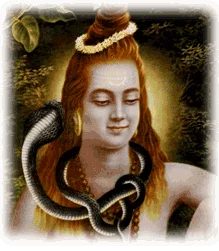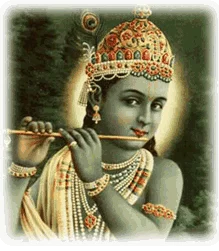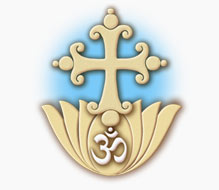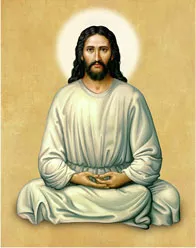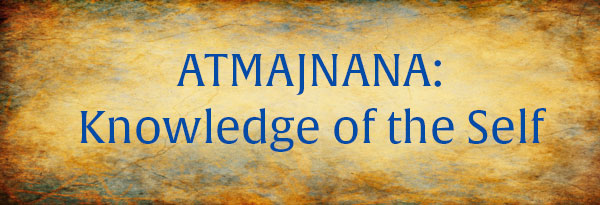
More from our series “Wisdom of Sri Gajanana Maharaj of Nashik”
Q: When will a sadhaka reach the ultimate goal of human life?
My friends, such doubts are bound to assail the mind. To entertain various doubts and misgivings is quite natural to the mind. As long as a person is alive, his mind will always be full of thoughts, good or bad. Hence it is futile to wait till the mind abandons all mistaken thoughts and doubts. People who think that they will not be able to make any progress in spiritual matters until this inflow of thoughts is stopped should pay particular attention to the following illustration.
There are bound to be innumerable waves on the sea. If a person thinks that he will swim in the sea when all these waves are stopped, will he ever be able to swim in the sea? He will surely come to know that the waves will never stop and he will never be able to swim. Similarly, every person who wants to follow the spiritual path should not wait for the disappearance of all thoughts, but should start the contemplation of Soham and try to keep his mind fixed upon it. He should not allow his mind to be diverted from it by the waves of thoughts.
As long as a person identifies himself with this body these doubts and thoughts are sure to assail him and cause disturbance. A sure way to escape from the clutches of these thoughts is to develop the feeling that we are not the body. It is the nature of mind to carry on the continuous play of thoughts. The mind (manas), the intellect (buddhi), and the chitta are all inside us. Buddhi is the power which enables us to determine or discriminate. The mind is always fickle and moving from one idea to another, and when the mind concentrates upon something it is called chitta. A sadhaka, therefore, should concentrate upon Soham and thus turn his mind into chitta. If he continues this practice for some time, his mind will gradually gain in calmness and ultimately will become one with Soham and with the inherent, everlasting bliss which is the real nature of Soham, and thus his chitta will become chit (consciousness). Once this stage is attained, that person will experience unlimited joy. Such a person is easily able to identify himself with all persons with whom he comes into contact, and with all circumstances in which he finds himself placed. His peace of mind is never disturbed, and he is always immersed in everlasting and unchanging bliss. He attains the goal, and the real purpose of human life is fulfilled.


